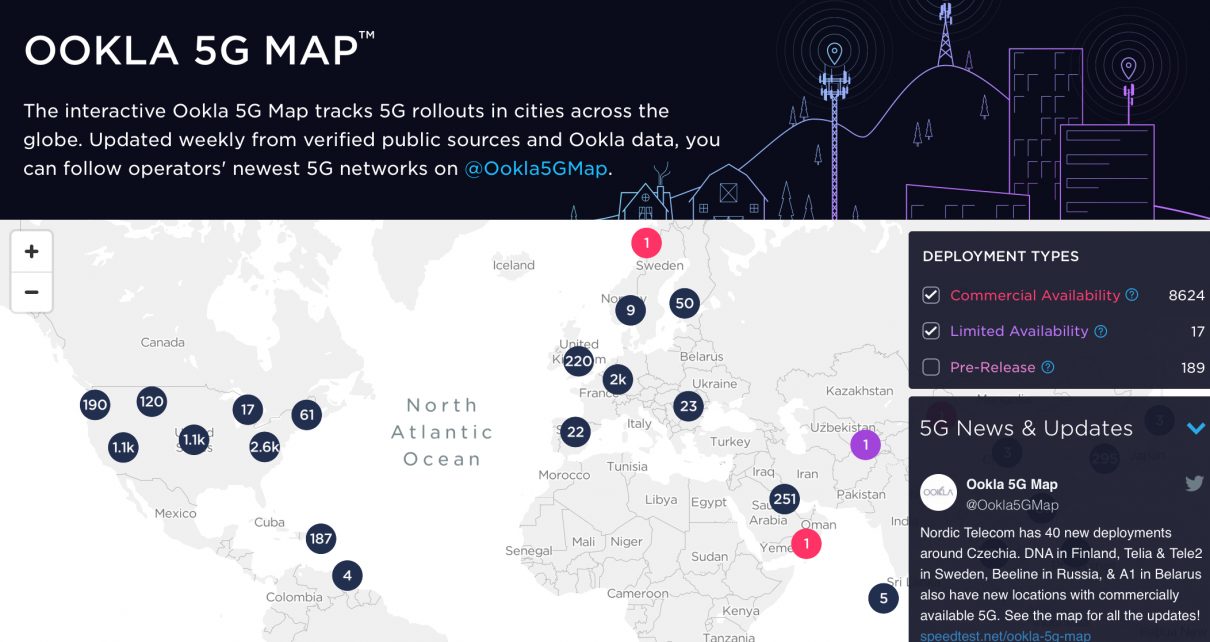

Layers in this map were created using data sourced from the American Community Survey collected by the U.S. The Indicators of Broadband Need map provides information on broadband availability, access, and usage from several different data sources. There is also a layer that shows areas designated as American Indian, Alaska Native and Native Hawaiian Areas by the U.S. The map displays high-poverty tracts, and the locations of higher education institutions eligible as Minority Serving Institutions (MSIs) under NTIA's Connecting Minority Communities grant program. The Indicators of Broadband Need Map also includes measures of equity to promote an inclusive understanding of broadband availability, access, and usage. In addition to Census Block-level data from the FCC on the potential of a provider to offer broadband internet, the map also uses speed test data from M-Lab at the county-level, and Ookla at the tract-level, to understand the performance of broadband internet providers across the country. Tract-level data from the American Community Survey indicates the percentage of homes that report no internet access or that lack access to a computer, smartphone, or tablet at home. Data from Microsoft indicates the percentage of devices in a county that use the internet at broadband speeds. The Indicators map leverages address, block, and tract-level data to evaluate the availability, accessibility, and utilization of broadband internet across the United States. The map uses several different data sources to show information on broadband availability within the United States. Each report includes in-depth data and insights about country trends as well as analysis about what is driving market developments.īased on the results of millions of Speedtest users, Speedtest Market Reports are the most accurate and reliable snapshots of global network speeds.The Indicators of Broadband Need map was created by the United States Department of Commerce, National Telecommunications and Information Administration (NTIA). Ookla’s Speedtest Market Reports are the definitive guide to the state of fixed broadband and mobile networks around the world. Ookla is also tracking 5G rollouts in a number of European countries (Estonia, Finland, Spain and Italy) as well as in Qatar, South Africa and United Arab Emirates. Telstra and Optus in Australia operate limited availability 5G networks in 12 cities, many of these in the more populated coastal regions. The country’s capital city of Seoul benefits from 5G accessibility served by all three major operators: SK Telecom, LG Uplus and KT Telecom. In South Korea we are tracking 16 cities with limited availability and two with commercial availability for 18 total 5G rollouts.


 0 kommentar(er)
0 kommentar(er)
